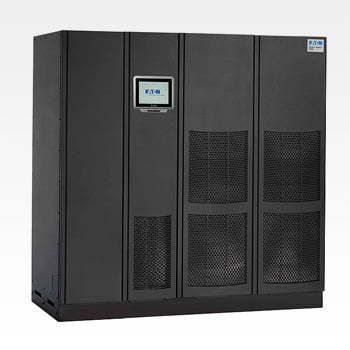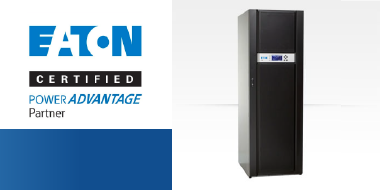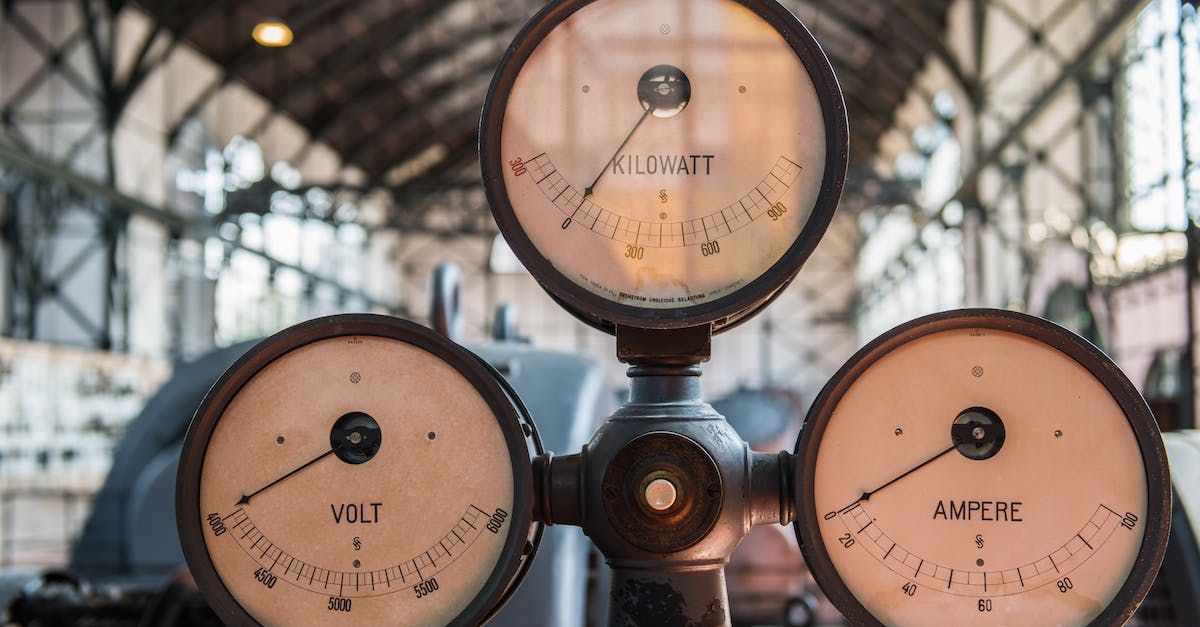Eaton 9390 and 9395 UPS Systems; Redundancy Applications
Share this article:
When the Eaton 9390 and 9395 model UPS Systems came along to replace the legacy Powerware – Eaton 9315 model UPS, it was a major step forward in technology and footprint. The new 9390 models can be assembled to provide parallel redundancy up to 160kVA, N+1. Or, two 160kVA systems with a Tie Cabinet and Hot Sync Technology can combine for a total of 320kVA capacity. Nowadays, there’s a host of smaller, incremental sizes with power modules ranging from 40kVA to 160kVA. Model 9395 can assemble 275kVA power modules into an array up to 1200kVA. Here, we’ll take a closer look at the redundancy capabilities of UPS systems and which applications may require such a setup.
UPS Systems and Redundancy
In the recent past, (ie. the 1990’s thru 2000’s) redundancy was achieved by combining two or more UPS system outputs to a System Bypass Module (SBM), or a parallel sync cabinet. The parallel sync or bypass cabinet would combine the outputs of the UPS system modules. It also would provide a fail-over static bypass, as well as maintenance bypass if ordered that way. The UPS systems would-be stand-alone units.
In this type of system, the internal static bypasses of the UPS modules would be disabled so they would drop out of operation upon a failure. Therefore, the good module left standing would still be able to provide power to the load. This was the technology of the legacy Powerware 9315 model UPS which was installed in many of the largest critical data operations of the day. Large 750kVA UPS modules in an array with a (SBM) System Bypass Module would support ultra-critical loads. That funnel of power to the output, or System Bypass Module, was the single location of flow for power. That became a “single point of failure” in the lineup.
What is a Single Point of Failure?
A “single point of failure” in an electrical line up can be described as a distribution point which all other components ultimately rely on for operation. Any electrical switching point which can be taken out of operation or fail can be considered a single point of failure. Distribution breakers, power transformers, and general electrical components have a low probability of failure. But a switching component conducting the flow of operations for the parallel UPS system became a sticking point.
Types of UPS Redundancy to Choose From
MEP design engineers and product engineers are always seeking to improve this scenario which is the reason for A and B power distribution scenarios, 2N and N+1 redundancy theory. Below we describe the various definitions of UPS System redundancies.
N = A Single UPS Module. Single UPS failure results in static bypass mode or failure.
N+1 Redundant = Two UPS Modules working equally to share load. Load fails over to other in event of UPS loss. Can withstand one module loss and maintain UPS supported load. Common output is single point of failure.
2N Redundant = Two individual parallel sets of UPS providing an A feed and a B feed power distribution to server. Can withstand multiple failures before exposing load to interruption. No single point of failure.
A + B Redundant Feed = Both sides of power are a single N UPS system. Redundancy relies on dual corded power supply in the server to pull from remaining UPS module. This system can withstand a single UPS failure and maintain on UPS supported load. No single point of failure.
How does the Eaton 9390 Provide Redundancy?

Building on the legacy theory of assembling multiple UPS systems together to create redundancy, Eaton has combined the 9390 power modules together as independent UPS modules that can be wired or landed on a common output electrical distribution cabinet.
Instead of relying on the external SBM or parallel cabinet, those UPS arrays can then be combined with other UPS units to create more capacity or redundancy. The “Hot Sync” Technology allows the UPS power modules to share the loads between each module equally. There is not the “switching” or single point of failure as in the legacy type system. Up to six equivalent 9390 power modules may be assemble without having to utilize a system bypass cabinet.
Sizing Eaton 9390 Redundant UPS Configuration
N+1 Redundant: 9390 160kVA + 160kVA to direct output distribution buss (160kVA output total)
N+1 Redundant, plus capacity: 9390 160kVA + 160kVA to Tie Cabinet (320kVA output capacity, N+1 redundant to 160kVA)
N+ Multi-System Redundancy: 9390 160kVA + 160kVA + 160kVA + 160kVA to direct output distribution buss (160kVA N+3, 320kVA N+2, 480kVA N+1)
How does the Eaton 9395 UPS Provide Redundancy?

The Eaton 9395 has combined the 9395 power modules together as independent UPS modules within a single UPS configuration. Not only do they combine the internal UPS modules together for internal redundancy, but you can also combine the entire array together for additional redundancy and capacity. Again, there is not the “switching” or single point of failure as in the legacy type 9315 model system.
Sizing Eaton 9395 Redundant UPS Configuration
N+1 Single Module Internal Redundant UPS: 9395 1100kVA with 4ea 275kVA UPS Power Modules inside the 1100kVA Assembly. (825kVA N+1 Redundancy)
N+1 Multi-Module Redundant: 2ea 9395 1100kVA, each with 4ea 275kVA UPS Power Modules (1100kVA N+1 Redundancy, 2200kVA Total Capacity)
N+ Large Multi-System Redundancy: 4ea 9395 1100kVA, each with 4ea 275kVA UPS Power Modules (3300kVA N+1 Redundancy, 4400kVA Total Capacity)
Contact Eaton UPS Systems at FGC Equipment National Authorized Distributor
Please go to our contact form to ask more questions about the Eaton 9390 or 9395 UPS systems or to get more information on which system may be best for your needs. A qualified consultant will be happy to provide you with assistance! Call 844-255-6030.




